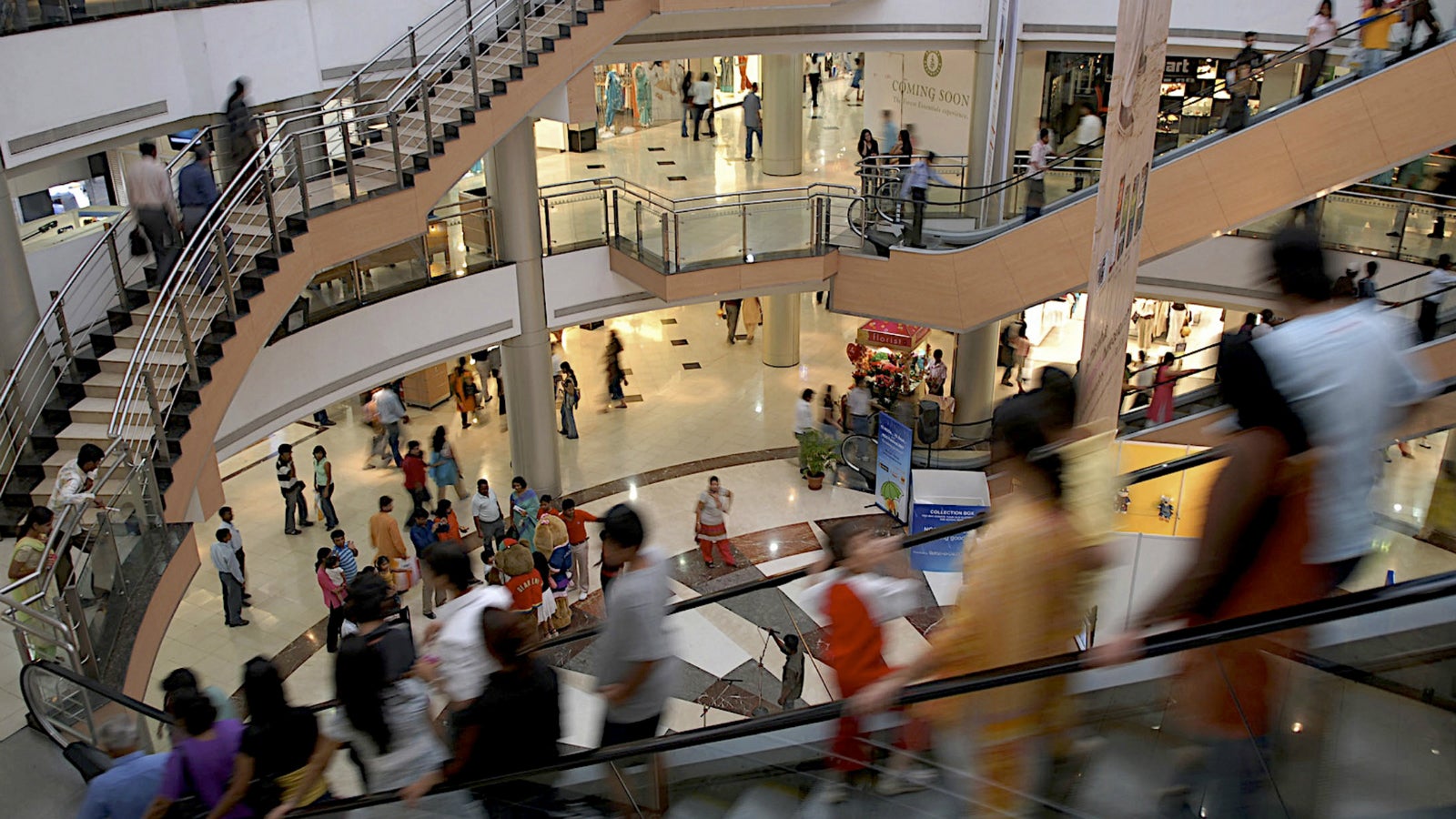What happens when a young and hip India goes shopping over the next two decades?
There’s a lot to look forward to when the world’s second most populated country goes shopping over the next decade or two.


There’s a lot to look forward to when the world’s second most populated country goes shopping over the next decade or two.
India’s “urban mass”—a cohort of 130 million, earning at least $3,200 (Rs2,16,000) each a year—will spend big on eating, drinking, and moving around in Asia’s third-largest economy, according to a new report by Goldman Sachs.
These are the six segments that’ll see the most action:
- Packaged foods: Food and beverage, a $100-billion market, is likely to see significant growth in the coming years. The number of Indian households that buy packaged foods is currently quite low. With increasing urbanisation, more consumers will switch from loose or unbranded foods to branded packs.
- Jewellery: Young Indians will lap up more branded apparel and jewellery, thanks to the growing popularity of e-commerce. Goldman Sachs expects more local brands to emerge in this category, especially those that offer value for money.
- Restaurants: An increasing number of young people will spend more on eating and drinking out—or, as the report calls it, “having fun.” The category will grow at over 20% in coming years. Prepare to see more bars and food trucks in your neighbourhood.
- Scooters: The report estimates sale of scooters to reach 37% of the overall two-wheeler market in 2018, up from the current 28%.
- Personal care: Soaps, shampoos, and creams have dominated India’s $14-billion personal care market. But going forward, the younger and more experimental shoppers will buy more expensive skin and hair products.
- Baby food: Of course, an increasingly young population will also make more babies. And with better incomes, baby food penetration will rise.